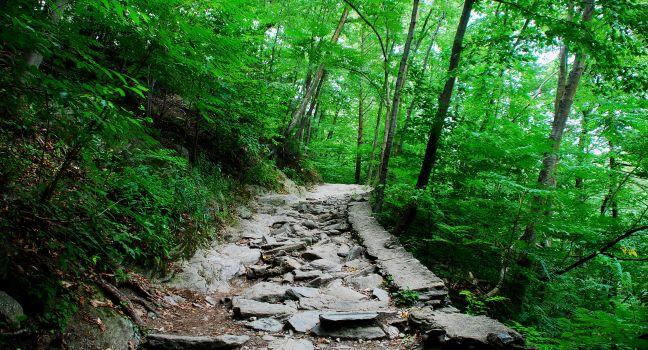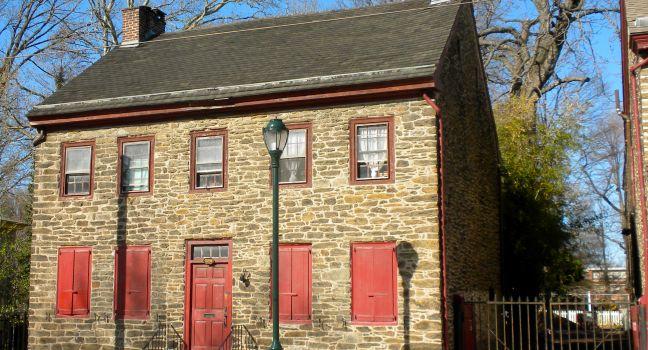Cliveden

The grounds take up an entire block, and its unique history, impressive architecture, and the guides who spin a good yarn combine to make Cliveden perhaps the best visiting experience of the historic Germantown homes. The elaborate country house was built in 1767 by Benjamin Chew (1722–1810), a Quaker and chief justice of the colonies, and something of a fence-straddler during the Revolution. Cliveden was at the center of the Battle of Germantown, occupied by British troops, and the walls still bear the marks of American cannon fire. Except for a brief period of time in the late 1700s when it was owned by a privateer (legalized piracy), the house remained in the Chew family until 1972, when it was donated to the National Trust for Historic Preservation. The original house has been completely opened to the public. A shining example of Georgian style, it has Palladian windows and an elegant entrance hall. The family-owned furniture includes a mahogany sofa by Thomas Affleck and looking glasses by James Reynolds. An elaborate reenactment of the Battle of Germantown is held here annually on the first Saturday in October. The house, on 6 acres, can be seen on a 45-minute guided tour.





